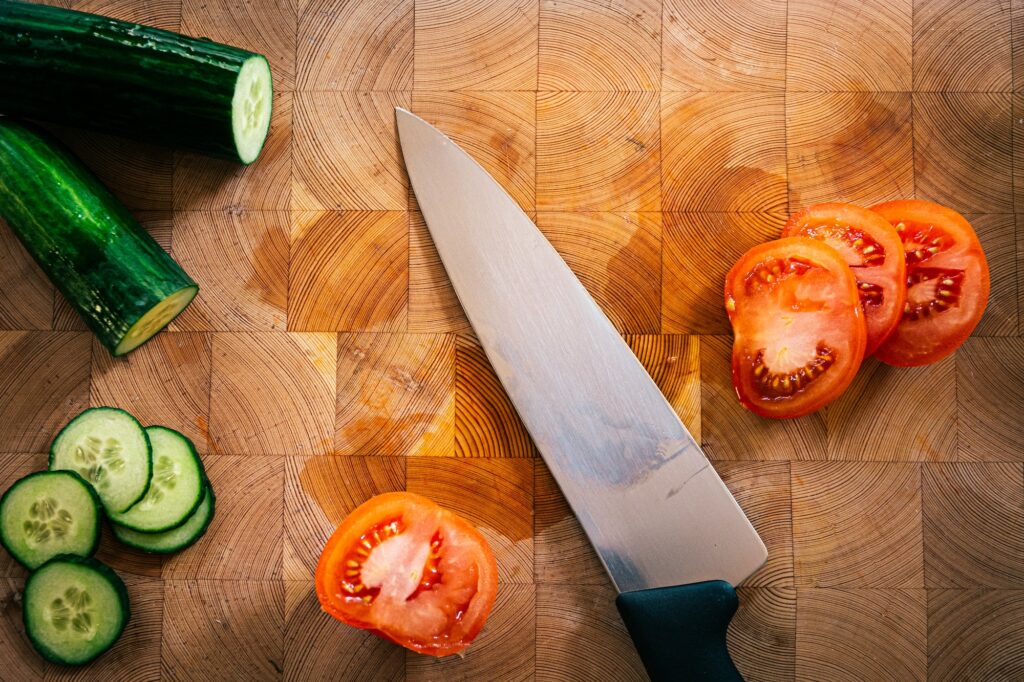Maintaining a cutting board is essential for any kitchen professional. One key aspect of this maintenance is knowing how to use mineral oil on cutting board effectively. This article delves into the benefits of mineral oil, provides a step-by-step guide on the application process, and answers common questions about its usage.
Wooden cutting boards, if not treated properly, can dry out, crack, and harbor bacteria. Mineral oil acts as an excellent barrier, preserving the wood and extending the life of your cutting board. Heres everything you need to know about making your cutting board last through cleaning methods and regular maintenance.

Understanding Mineral Oil: The Kitchen Essential
Mineral oil is a non-drying, food-safe oil that offers numerous benefits for wooden kitchen tools. As kitchen professionals, using mineral oil is vital for keeping your cutting boards in pristine condition. Unlike other oils, mineral oil does not go rancid and is tasteless, making it ideal for food applications.
When applied correctly, mineral oil penetrates the wood, creating a protective barrier that keeps moisture out and prevents bacteria from setting in. For more on how to maintain hygiene, check out this blog on hygiene.
The Essential Steps to Apply Mineral Oil
Using mineral oil on your cutting board is not complicated. Heres a step-by-step guide that kitchen professionals can follow:
Step 1: Gather Your Supplies
To begin, you need the following:
- A bottle of food-grade mineral oil
- A clean cloth or paper towel
- Fine grit sandpaper (optional for rough boards)
Step 2: Clean the Cutting Board
Before applying mineral oil, make sure your cutting board is properly cleaned. Wash it with warm, soapy water and let it dry completely. For tough stains, consider using a mild abrasive cleaner, as described in this removal guide.
Step 3: Apply the Mineral Oil
Now comes the fun part. Using your cloth or paper towel, pour a few drops of mineral oil directly onto the board's surface. Spread it evenly over the surface. Allow it to soak in for a few hours or overnight to maximize absorption.
Step 4: Wipe Off Excess Oil
After allowing the oil to soak in, use a clean, dry cloth to wipe off any excess oil. This minimizes the chances of the oil becoming sticky.
How Often Should You Oil Your Cutting Board?
As a general rule, kitchen professionals should oil their cutting boards every one to two months, depending on usage. If you notice your board starting to look dry or dull, its time for another treatment.
Benefits of Using Mineral Oil
Using mineral oil for your cutting board not only preserves its appearance but also extends its lifespan. Below are some remarkable benefits:
- Protection from Dryness: Prevents wood from cracking and splitting due to moisture loss.
- Hygiene: Reduces the possibility of bacteria growth by sealing the wood surface.
- Easy Application: Simple process that anyone can follow.
Common Mistakes to Avoid
Using mineral oil should be straightforward, but many kitchen professionals make a few common mistakes:
- Not Cleaning: Always clean your cutting board before applying oil.
- Using the Wrong Oil: Ensure that you are using food-grade mineral oil.
- Over-Oiling: Wipe off any excess oil to keep the surface smooth.

FAQs
1. Can I use vegetable oil instead of mineral oil?
Vegetable oils can go rancid and are not recommended for cutting boards. Stick to food-grade mineral oil for best results.
2. How can I tell if my cutting board needs oiling?
If your cutting board looks dull or feels dry to the touch, its time to apply mineral oil.
3. Is mineral oil safe for food preparation?
Yes, food-grade mineral oil is safe for food preparation and is commonly used in many kitchens.
For additional information on choosing the right type of cutting board, check out our article on best wood types.
For further insights on how to maintain your cutting board, here is a detailed comparison.
As an Amazon Associate, I earn from qualifying purchases.


























